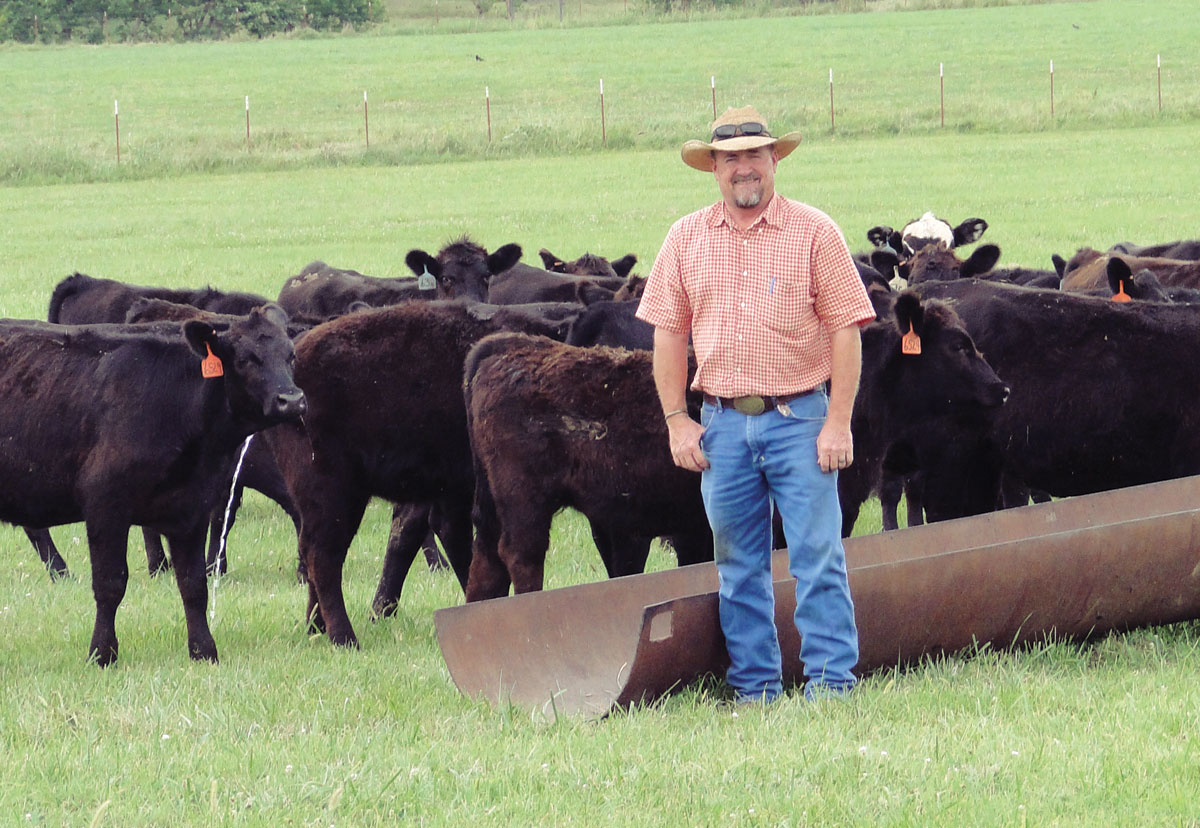Here we are again at the beginning of the year, and what an odd beginning it is. We have had some cold snaps, but for the most part we have had an unusually warm winter so far. Just a few weeks ago at Christmas, many were wearing summer clothes. Once you get used to one set of temperatures, another swoops in and changes it all, and our health and that of our animals, goes topsy-turvy. It reminds me a lot of the cattle market and our financial health in recent years.
If you’re in the cattle industry, you know margins are historically tight. Unless you run several hundred head or have “fancy” cattle, more than likely you lose more than you make on your herd year after year. Then 2012 happened. The drought forced several livestock herds to liquidate. Females that should have gone into production were instead sent to slaughter, bringing a significant decrease to production age females. Prices started climbing. In 2013, the average Oklahoma City price for 6-650 weight feeder steers was $158.84 per hundredweight. By the end of 2014, the price had shot up to $255.07 per hundredweight, a 41.7 percent increase.
We cattle farmers began keeping back heifers.
The national herd reversed course and began growing again. Beef production, which fell a dramatic 5.7 percent in 2014 (as opposed to a mere 0.8 percent in 2013), started creeping up. Projected 2016 numbers show a 5.4 percent increase in production, with another 3.6 percent increase for 2017. The increase in production isn’t merely a reflection of carcass weight but also an increase of numbers headed to slaughter. Those heifers we kept back? Their calves are now headed to the feedlots.
Basic economics teaches us that supply and demand are inextricably linked with prices. When supply goes down, prices go up, and vice versa. When we saw beef production decrease in 2014 as a result of the 2012 herd liquidation, we also saw prices rise. We began holding back heifers, increasing beef production by 2016 when we saw an almost 32 percent decrease in Oklahoma City feeder steer prices. It takes about two years for a calf to go from one end of the cycle to the other, and the supply and prices have reflected that cycle. We were watching the interaction of biology and economics in our industry playout before our very eyes.
In 2014-2015, analysts thought we might have reached a new plateau in cattle pricing. Economics revealed we were simply watching supply and demand at work. Today’s prices, while discouraging after recent years, are now back in line with the historical trend. Analysts now predict limited price increases in the next few years due to our production increase, but they also expect the market to stay close to the historical trend line.
So is it a good or bad time to be in the cattle industry? It depends on if you’re a glass half full or half empty person. Or you can choose the philosophy that the glass just needs to be filled. We’ve weathered times like this before and we will again. We’ve chosen a lifestyle, not just a job, and most of us wouldn’t trade it for the world.
Jessica Allan is an agricultural lender at Hometown Bank in Neosho, Mo. A resident of Jasper County, she also is involved in raising cattle on her family’s farm in Newton County and is an active alumni of the Crowder College Aggie Club.






